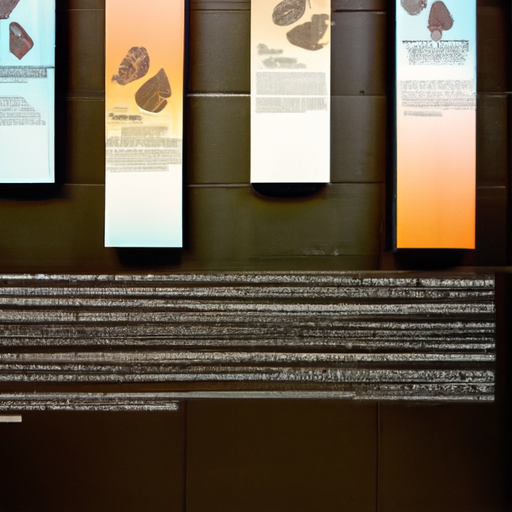Understanding the Canadian Opioid Crisis through Art: Dismantling Racial Bias and Interpreting Social Impact
Art, as a form of expression and dialogue, often reflects the societal dynamics of its time. In context of the Canadian opioid crisis, prominent artists have amalgamated creativity with empathy to talk about issues of racial bias, homelessness, and crime. As an eye-opener to the systemic prejudices driving our society and fueling the opioid crisis, I would like to bring attention to this free art exhibition.
Artistic Interpretation of Opioids and Racial Bias
The exhibit at Toronto art center, meticulously crafts a narrative of how plant names carry the weight of racial bias, subtly contributing to the deepening opioid crisis. One such instance of historical racial bias was the labeling of the Opium Poppy as ‘Chinese Opiate’ that implicated the Chinese immigrant community as the catalyst to the opioid problem. Such racial bias, whether intentional or inadvertent, reinforce stereotypes that engage a specific racial or ethnic community with a crisis like addiction.
The Opioid Crisis: More than Just an Addict’s Problem
Today’s opioid crisis in Canada paints grim pictures of homelessness and crime fueled by the dependency on opioids. Drug users, marginalized and often helpless, find refuge in the streets. However, it’s the lack of will at the social and systemic level that allows this issue to persist and grow.
This situation is only aggravated by the difficulties faced by homeless demographics in accessing healthcare, mental health services, and housing. The interconnectedness of the opioid crisis with homelessness and spike in crime rates in affected areas cannot be overlooked. It’s the art pieces like the one in Toronto that help us contemplate the comprehensive social impact.
Actions Taken: From Naloxone to Opioid Class Actions
While we probe the depths of the problem, it is equally essential to underline the efforts being made towards rehabilitating victims of the opioid crisis. Naloxone kits used to temporarily reverse an opioid overdose have been made increasingly available. The opioid class action lawsuit is another significant step in demanding accountability from pharmaceutical companies that have allegedly fueled the opioid crisis. These actions are indicative of a multi-level response negotiating the impact of opioids and actively mitigating the risk.
The Exhibition: A Mirror up to Our Society
That a free art exhibition like the one encapsulating racial bias through plant names can stir thoughtful discussions should not be underestimated. In a society grappling with the devastating impact of the opioid crisis, such platforms foster empathy and encourage us to question our biases. Here are a few key takeaways:
- The Canadian opioid crisis isn’t confined to addicts; it’s a societal issue intricately tied with homelessness and crime rates.
- Racial bias, as depicted in this art exhibit, contributes to stereotypes, thereby deepening the opioid crisis.
- Efforts like distribution of naloxone kits and the opioid class action lawsuit are commendable steps towards rectifying the issue.
Summing Up
In conclusion, the opioid crisis is a multi-faceted problem that requires us to confront and dismantle our biases. Art, in its pure form, is holding up a mirror to our society, sparking a conversation about racial bias, systemic negligence, and collective responsibility. This art exhibition highlights the role that each of us play in perpetuating the problem or aiding the solution. As we continue to broaden our understanding of the Canadian opioid crisis, such exhibitions not only educate us but remind us that the fight against opioids needs collective effort and sustained resilience.
